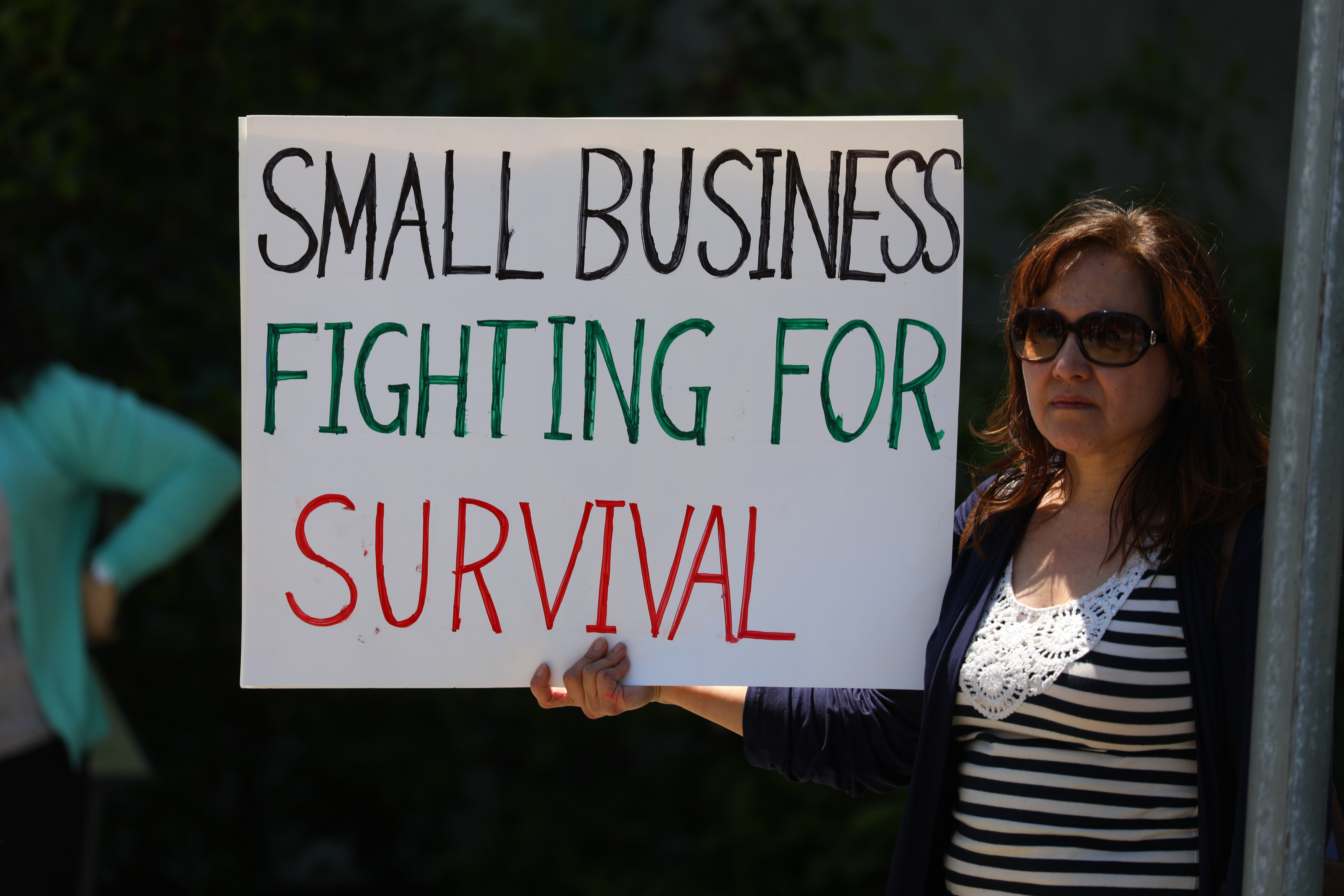Rubber-Banding the Information in Your Blog

“Let’s say you need to drink nine glasses of water a day, wear nine rubber bands on your left arm. Every time you drink a glass, move one rubber band to your right arm…Your goal is to get all of the rubber bands onto your right wrist by the end of the day,” womensrunning.com advises.
Hitting precisely the right “advertorial” note is the big challenge in corporate blog writing. In fact, one point I’ve consistently stressed in these Say It For You blog content writing tutorials is how important it is to provide valuable information to readers, while avoiding any hint of “hard sell”. Well, providing practical, actionable tips and helpful hints is a way to accomplish that very goal.
Networking colleague Beth Stackhouse, owner of Stackhouse Interiors in Columbus, Ohio, offered a practical tip for home décor: To add color (as well as spices for the pantry) use indoor plants. Beth’s own peppermint, basic, and parsley plants add oxygen, color and texture to her living. Large plants make a room stand out, and are a great option for those on a budget who want to elevate their interior design.
Leadership coach and author Dow Tippett offers a practical tip for improving mental health – creating a gratitude ledger.
So, as a business blog writing trainer, how would I advise adapting that “helpful hint” strategy to marketing your business or practice?
1. Find complementary businesses or practices. Ask the owners (or cite their blogs) for tips they can offer your readers. Pet care professionals can share tips from carpet cleaning pros – or the reverse! If you’re a carpet cleaning pro, you can share tips from allergists. If you’re an insurance advisor, offer tips from car dealers about accident prevention.
2. Of course, you’re going to want to add some tips related to your own products and services. your own. Fellow network board member Steve Rupp offers tips on cleaning windows as well as tips for buying a house. A restaurant’s blog might offer hints on tipping etiquette or the temperature of “rare”, “medium” and “well-done” steaks. Whatever the product or service, readers will be hungry for information that helps them gain maximum advantage for buying and using it.
“Rubber-band” your blog content along with your water consumption. Helpful hint blog writing can be very useful to your business or practice!






Follow us online!